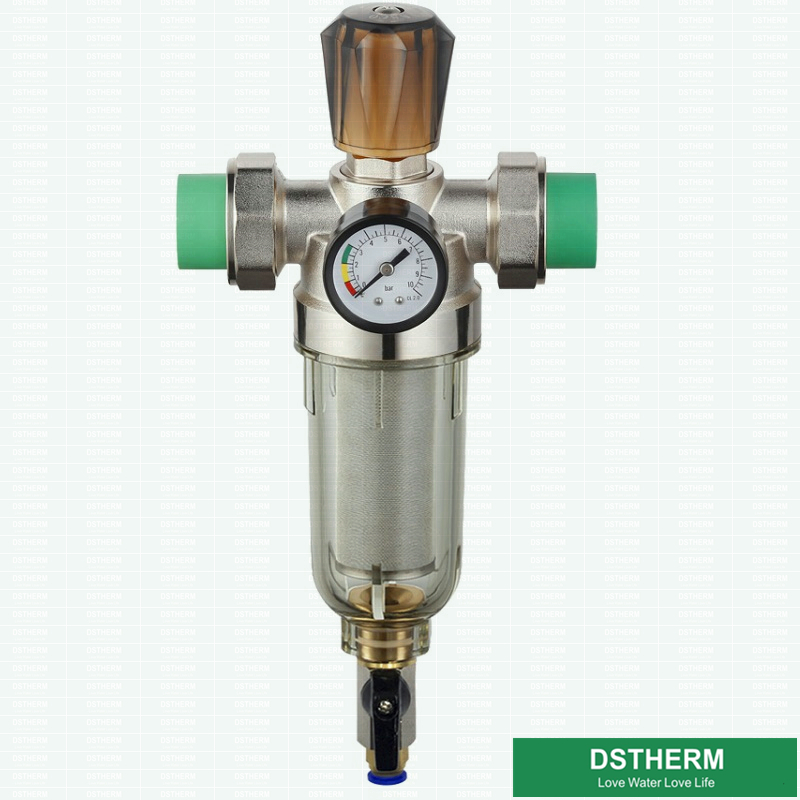China, the world’s largest producer of refined copper, saw its production negatively affected by temporary shutdowns related to COVID-19 restrictions, tight scrap supply and constraints surrounding concentrate imports and oversupply in the sulphuric acid markets, the ICSG notes.
However, global refined copper demand is expected to grow 3.4 percent year over year in 2021, according to DBS Bank Ltd. of Singapore. All regions are expected to register growth as the global economy recovers from the devastation caused by the pandemic with the help of aggressive monetary and fiscal policy and programs that incentivize the purchase of electric vehicles (EVs).
DBS Bank says it expects refined copper production to rise by 4.2 percent year over year in 2021, supported by higher ore availability and smelters’ recovery from disruptions.
Key takeaways
- U.S. exporters of copper scrap continue to be cautious when shipping to China, citing uncertainty about the country’s new nonferrous scrap import regulations.
- Spreads for high-quality copper scrap are narrowing, while No. 2 copper consumers’ discounts are widening.
- Transportation availability and pricing are posing challenges for scrap movement.
China likely will play a dominant role in that production. Its use of scrap also should increase in light of regulatory changes that allow for “furnace-ready” nonferrous scrap imports that are not subject to quotas or restricted to certain ports.
Despite the change, U.S. exporters remain cautious, saying they are seeking more clarity on what is and is not acceptable and how it has to be packed to make it past customs officials in that country.
With more high-quality scrap in demand, scrap dealers are seeing spreads vary by grade.
Divergent spreads
Mitchell Goldberg, the CEO of Northeast Metal Traders, a nonferrous scrap processor and broker headquartered in Philadelphia, says overall demand for red metals is strong, but most consumers are seeking high-quality scrap, such as No. 1 copper and bare bright. As of mid-January, this was causing spreads to narrow for this material, “while No. 2 copper consumers’ discounts are moving the opposite direction,” he says.
Goldberg says mill spreads typically change with the terminal market price levels. “Traditionally, mill spreads widen when the terminal markets move higher and vice versa. Currently, we’re seeing multiyear highs in copper markets, yet some mills are narrowing discounts to guarantee their supplies of raw materials.”
Davis Index reports that the Comex spot market closed at $3.63 per pound Jan. 19, a modest increase from $3.60 per pound Jan 12.
The spread for U.S. bare bright copper tightened by 3.1 cents to 13.9 cents per pound under the January Comex contract, while the weekly Davis Index price increased by 7 cents to $3.47 per pound delivered within the U.S.
The spread for berry/candy (a mixture of the Institute of Scrap Recycling Industries [ISRI] specifications for No. 1 copper wire and No. 1 heavy copper solids and tubing, respectively) was 24.3 cents per pound under the January Comex contract price, with the weekly Davis Index price falling 4.7 cents to $3.354 per pound.
A trader for a scrap processing company that has operations in the Midwest and Southeast says spreads are varying by consumer and grade, which he attributes in part to the influence of the export market.
“You can get more aggressive on spreads into China, but you don’t know what you are going to get at the end of the day,” he says, referring to the uncertainty that exporting into China holds.
Michael Diehl, a senior vice president based in California for Coremet Trading Inc., which is based in New York, says spreads are tightening for berry/candy as well as for barley, or No. 1 copper wire per ISRI’s specs; birch/cliff, which is a mixture of No. 2 copper wire and No. 2 copper solids and tubing; and honey, or yellow brass scrap.
Randy Goodman, vice president of Greenland (America) Inc., a brokerage firm based in Roswell, Georgia, says he expects spreads for copper scrap to widen further as 2021 progresses.
Inconsistent flow
As pricing has increased, so has the volume of scrap available. Goodman says he was “pretty amazed at how much red metal scrap was available when the markets took a jump” in late 2020, adding that “a certain amount of balance has been reached now.”
The trader whose company has processing operations in the Midwest and Southeast says supply and demand have been “spotty,” with demand varying by the day. “Some consumers are in and out of the market very quickly. Others are consistently strong, and others are consistently out. It’s the same with export,” he says.
While most domestic buyers are in the market, the trader says they are conservative in their buying and are avoiding going too far out in their purchasing. “With the market run-up, they are working down their inventories and keeping deliveries to just in time,” the trader adds.
Copper pricing*
Dec. 2020
$7,755.24
June 2020
$5,742.39
Dec. 2019
$6,061.68
June 2019
$5,867.50
* Average copper price in dollars per metric ton, cash buyer. Source: London Metal Exchange
“Everyone is running a pretty full book right now,” Goodman says of domestic scrap consumers.
Despite this, many mills are full and not taking deliveries until late February or early March, he adds. “SDI LaFarga is the only one with a position now,” Goodman says as of mid-January, referring to the New Haven, Indiana-based copper rod and wire producer.
“Most places are already full for February,” the trader for the company with operations in Midwest and Southeast says as of mid-January. “We’re selling March already. We sold February in December or the beginning of January. It’s perpetually further and further out.”
“Delivery appointments are readily available at some mills, yet very difficult to obtain at others,” Goldberg says. “We are taking the precaution to book appointments far in advance to ensure we can deliver our metal without holding inventory for any length of time.”
Diehl says the domestic and many overseas markets are oversupplied, and while Chinese buyers are aggressive in their purchasing, the unknowns of quality, grading and customs are leading his company to be cautious.
Transportation delays
While rising prices have coaxed out more copper scrap, its movement is being hampered by rising transportation costs and reduced availability.
“Domestic trucking rates have skyrocketed, and scheduled pickups are unreliable,” Goldberg says.
Despite the challenges, he says, “High commodity prices should keep the nonferrous metals flowing in, and we feel business momentum will continue to grow with pent-up demand from manufacturers and consumers.”
The trader with the company that has operations in the Southeast and Midwest says the availability of trucking “is not as big an issue as the rates. They are up pretty much across the board.”
Ocean shipping also presents problems for exporters. Goodman says that is in part because steamship lines are no longer considering scrap a backhaul but a fronthaul.
“The steamship lines would rather send back empty containers for a faster turnaround, and the bookings are difficult to complete,” Diehl says. “This is causing more buying in an effort to get mills raw material,” he adds.
“It is becoming increasingly difficult to schedule export shipments,” Goldberg agrees, adding that rates with shipping lines have risen, too. “Shipping lines are creating additional issues for exporters,” he says. “They change vessel sailings and availability of containers at their discretion and on a whim.”
Export orders
The trader for the scrap processor with operations in the Midwest and Southeast says China’s new import regulations for nonferrous scrap are shrouded in murkiness. “Even if the pricing is good, we are not certain what the rules are yet. And no one can really explain it to you, including their own people.”
He says buyers for Chinese consumers are quoting competitive prices, “but there are a lot of unknowns in terms of the packaging and their specs.”
Goldberg says, “If shippers are careful and diligent in their processing and grading, the price difference is easily worth the time and energy to ship to China, but not without some added risk.”
Otherwise, he says, demand from overseas “is spotty and uneven.”
Other Asian consumers are buying, the Midwest trader says, though conservatively and at wider spreads than before.
“There is demand from overseas, but it is spotty and uneven,” Goldberg says.
“The new Chinese regulations are wreaking havoc on the marketplace,” he continues. “On one hand, the Chinese obviously feel the need to ‘clean up’ their act, but it appears now as if they have become too restrictive, hampering the inflow of scrap to the Chinese economy. We do not think that the domestic Chinese supply can satisfy demand, so eventually when consumers see import supply dwindling, the government may very well relax the regulations for higher quality suppliers.”
China’s new import policies for red metal scrap “woke up the market at a good time when the market needed to be woken up,” Goodman says. However, he adds that shippers are “still trying to figure out what they can get in easily.”
China and South Korea are actively buying from the U.S., Diehl says, and their inventories are running low.
“China is exploring what the new rules will allow. They are cautious but lead the world in berry/candy,” he says. “That is the cleanest, most cost-effective scrap for them to currently import.”
Diehl says demand from Japan is “muted” as of mid-January, adding that Japan and Europe are “slightly long” on red metals inventory at the start of the year.
“China is pushing along berry/candy and clean versions of birch/cliff,” Diehl says. “Many mills in Asia had built up demand for copper that was shuffled around due to COVID shutdowns and the ability to produce. Production is now normalizing, and demand is seeing an increase as conservative orders in the beginning of COVID are now better than expected.”

 Johnsonyuan
Johnsonyuan